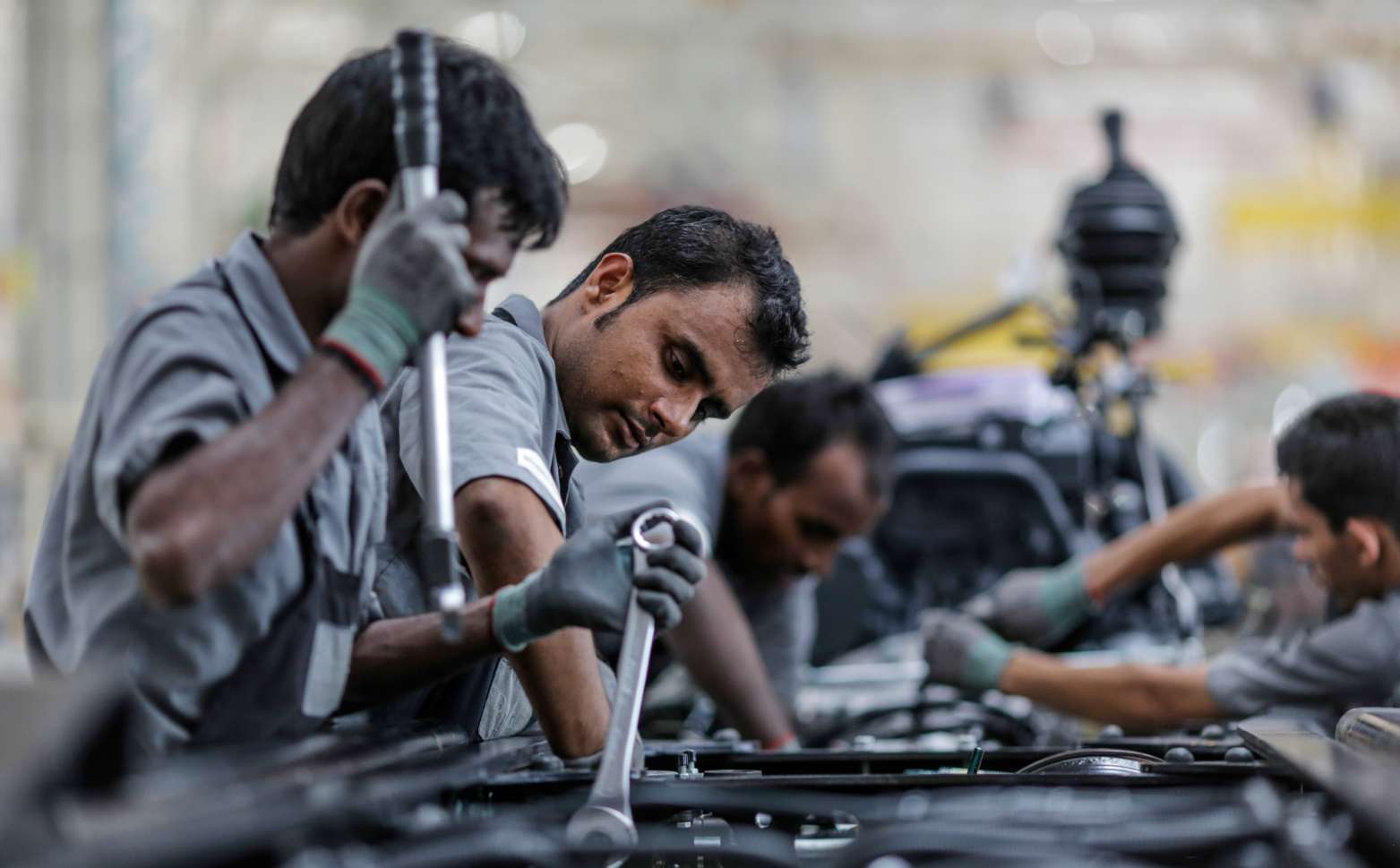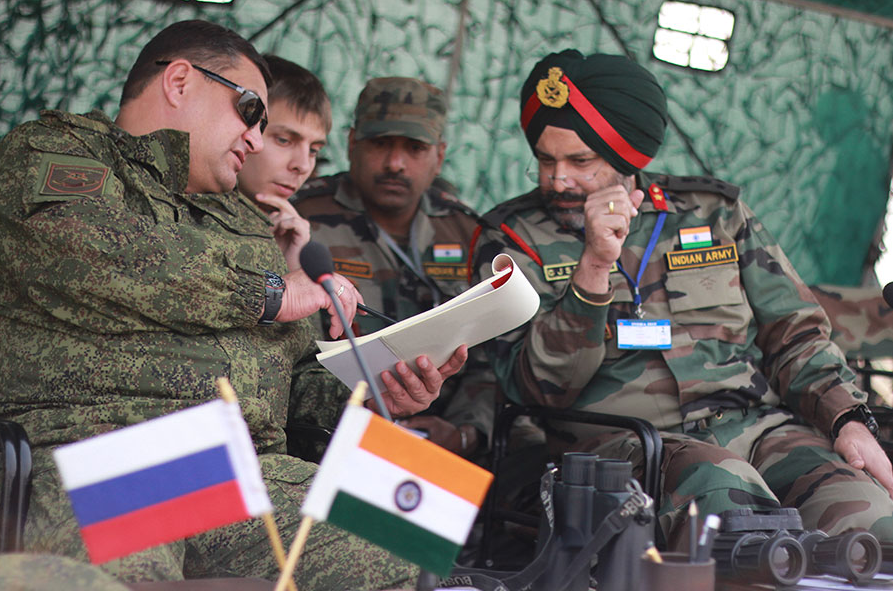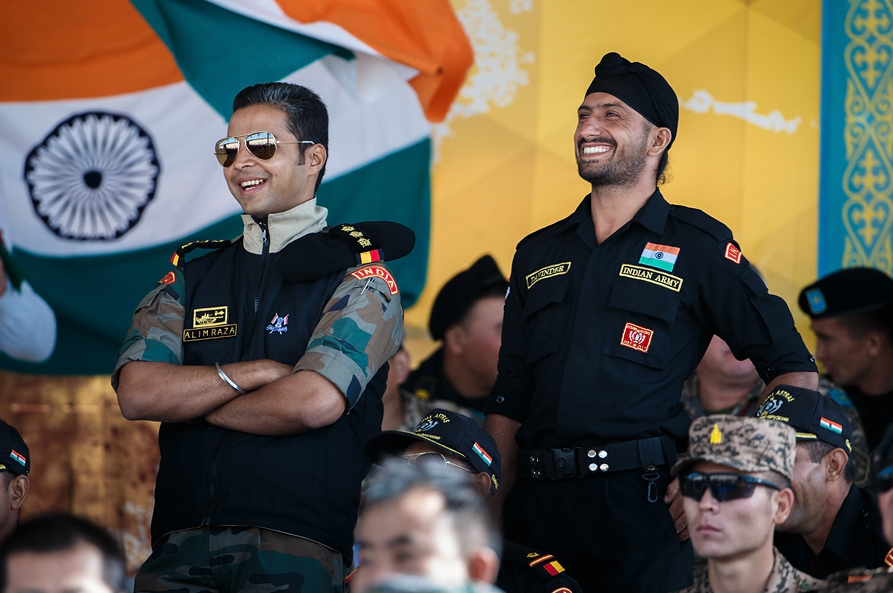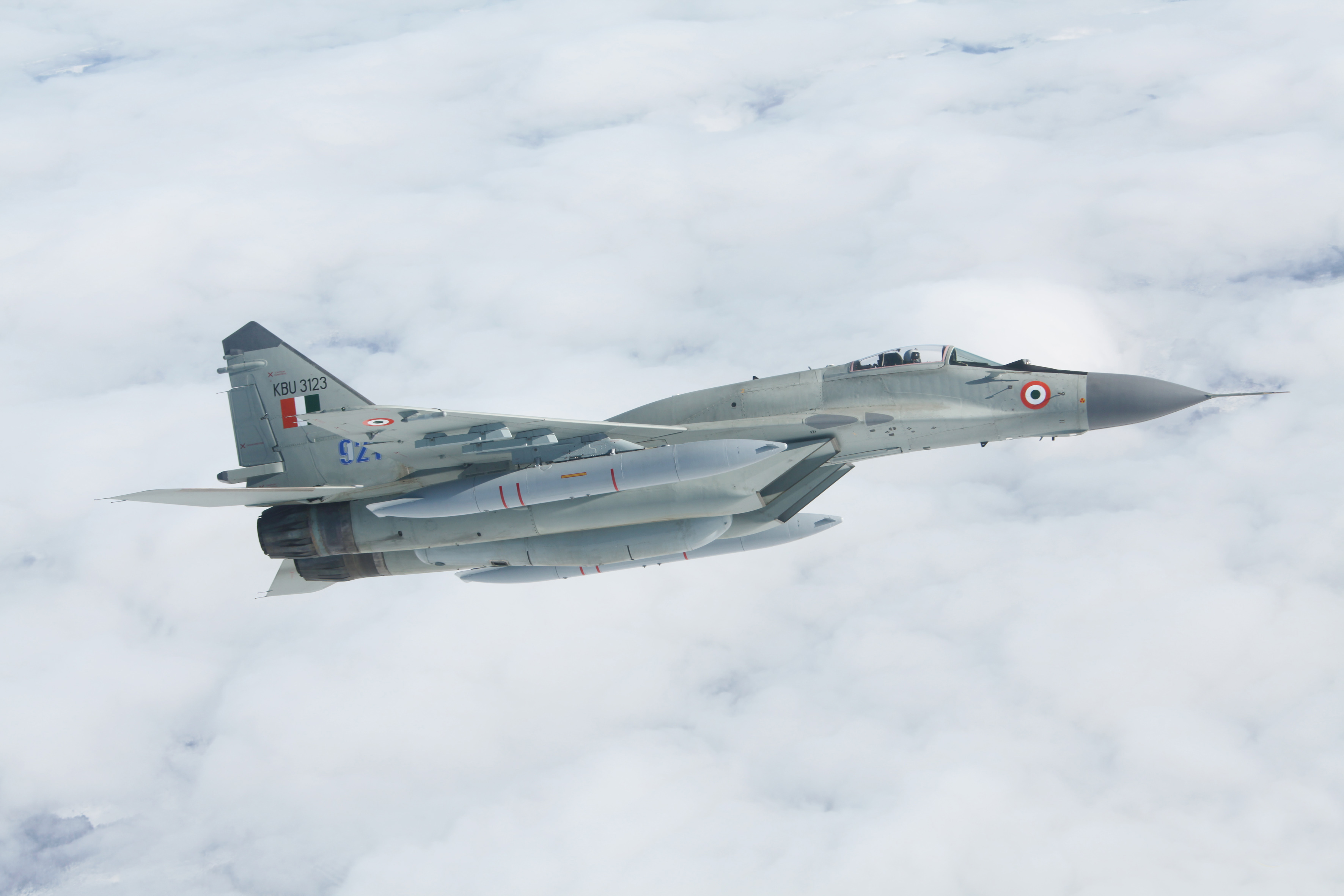Why India fails to fully localise Russian defence technology

India’s workforce is still not fully trained to handle Russian technology. Source: Getty Images
On Mar. 9 the Times of India reported that Delhi is making extra demands to Moscow when it comes to the joint production of a Fifth-Generation Fighter Aircraft (FGFA). Citing sources in the Indian Defence Ministry, the report said that India would go in for this joint venture only under the condition of a full-scale technology transfer and if Russia provided help in the development of the indigenous Advanced Medium Combat Aircraft (AMCA).
According to the paper, the Indian side bases such demands on the experience of the Sukhoi-30MKI jet acquisition programme, which cost India Rs 55,717 crore ($8.4 billion) without any “tangible help in developing indigenous fighter-manufacturing capabilities.” The recipient company Hindustan Aeronautics (HAL) is still unable to manufacture the Sukhois on its own, the paper noted.
RIR asked experts to explain whether Indian demands were justified and where the real problem lay.
‘Red line’ in technology transfer
Without a doubt, there are some limitations on the extent to which a country would transfer its military technology, experts believe. According to Alexander Ermakov, expert at the Russian International Affairs Council (RIAC), this especially concerns critical types of technology that influence the ability of a country to ensure its security: most importantly missile technology, communications and electronic warfare systems.
The limitations always vary depending on the client. While bilateral relations do play a role, it is also important for a partner to “bargain” for certain technology, Ermakov thinks.
“If Indonesia, for instance, makes a request to Russia for a batch of 8-12 Su-35 multi-role fighters, it is unlikely that Moscow would discuss any technology transfer,” Konstantin Makienko, Deputy Director of the Moscow-based Centre for Analysis of Strategies and Technologies, explains. “On the contrary, when China bought 48 Su-27 aircraft in early and mid-1990s, this allowed for an opportunity to transfer this technology to China within a licensed production contract.” The larger the amount of requested supplies, the better is the chance for discussing potential technology transfer, Makienko believes.
Trading technologies is also much easier for a country like Russia when a partner shares the same geostrategic and military interests and there is a history of past fruitful cooperation. India is in the best position here, unlike Pakistan, which Makienko calls “unstable and unpredictable and to an extent, an analogue of Ukraine in South Asia.”
Privileged partnership with India
While India is enjoying a privileged status among Russian partners, there are obstacles that hamper it from producing Russian defence technology using its own industrial capabilities.
“Moscow puts no limitations whatsoever on military technology transfer to Delhi,” Vasily Kashin, senior research fellow at the Moscow Based Institute for Far Eastern Studies and at the Higher School of Economics, told RIR.
He says it is the ability of India to pay for a certain technology and localize it that determines the scale and effectiveness of such cooperation. The problem with the Su-30MKI case is that the progress is not happening as fast as planned due to difficulties in local industrial production, lack of skilled labour and low adherence to technological requirements.
Kanwal Sibal, former Indian Foreign Secretary and Ambassador to Russia (2004-2007), acknowledges that this problem does exist.
“India has failed to develop an indigenous defence manufacturing industry even though its defence requirements are huge,” Sibal told RIR. “We are at times the largest importer of arms in the world. This is absurd for a country that is faced with major security challenges. The Russian connection has given us advanced arms but not the capacity to build them on our own.”
Make jointly
In this respect, India is lagging behind China which has been successfully localizing and modernizing acquired technologies. If Russia decides to seriously opt for joint development and production of military equipment and accept more interdependence, it would be a game-changer for India.
Makienko thinks this is a natural step in the evolution of defence cooperation between the countries, which started in 1962. “Now we should move toward joint projects and joint development of new technologies and we should, in fact, talk about the promotion of the ‘Make jointly in India and Russia’ brand,” he says.
While Sibal echoes his view, he also warns that learning to work within the current Make in India programme might be hard for Russian firms. “This will be a challenge for Russian companies as the model so far has been to deal with public sector units in India through government to government agreements,” he told RIR.
Overcoming these obstacles would bring the sides closer to more interdependence and make joint ventures such as the FGFA more large-scale.
“The FGFA programme was conceived to give India access to critical design capability. If that happens to the degree expected, it would be a major breakthrough for the future,” Sibal says.
If using any of Russia Beyond's content, partly or in full, always provide an active hyperlink to the original material.
Subscribe
to our newsletter!
Get the week's best stories straight to your inbox


